Herkules' Ständelwurz
Epipactis heraclea P. DELFORGE & C.A.J. KREUTZ 2003

Abb. 1
Griechenland, Iti; 13.07.2001
Foto: SH

Abb. 2
Griechenland, Iti; 13.07.2001
Foto: SH

Abb. 3
Griechenland, Iti; 13.07.2001
Foto: SH
Holotypus ; Berg Iti (bei 1540 m, nahe Neohori), Sterea Ellas, Griechenland
Syn.:
Epipactis tremolsii C. PAU subsp. heraclea (P. DELFORGE & KREUTZ) KREUTZ
Kompendium Eur. Orchid. 67 (2004).
Etymologie:
benannt nach Herakles, dem Sohn von Zeus und Alkmene (griechische Mythologie)
Wuchs und Größe : |
Habitus robust; Triebe einzeln, recht häufig auch in Gruppen (bis zu 21); Wuchshöhe (20) 30-45 (50) cm; sterile Triebe sind nicht selten. |
Stängel: |
dick, unten kahl und weißlich grün, selten kommt auch eine Bronzefärbung des Stängels vor, wie wir sie bei Ep. tremolsii häufig finden, oberer Bereich stärker behaart |
Blätter: |
4-7, gelblich grün bis dunkelgrün, nach der Erstbeschreibung im Durchschnitt auf 2/3 des Stängels verteilt und niemals unten zusammengedrängt; fast zweizeilig angeordnet, aufgerichtet, gebogen, ziemlich ledrig; die mittleren lanzettlich, länger als das Internod, 3,2-7,1 cm lang und 1,4-4 cm breit, der Rand etwas gewellt mit einer ziemlich regelmäßigen feinen Zähnung; |
Blütenstand: |
Ähre meist locker, fast einseitswendig, laut Erstbeschreibung 8-19 cm lang und (1/2-) 1/3-1/4 der Pflanzenhöhe einnehmend (aber siehe Problematik); (10-)12-30 (-50) Blüten |
Fruchtknoten und Stiel: |
Stielchen wenig behaart, schwach bis kräftig violett überlaufen |
| Tragblätter: | meist nicht besonders groß, oft nur wenig länger als die Blüten |
Blüten: |
mittelgroß, sehr ähnlich denen von Ep. helleborine; |
| Bestäubung | allogam, vermutlich durch fakultative Autogamie hoher Fruchtansatz |
Sepalen: |
grün bis weißlich grün, gekielt, 9-10 mm lang, 4-5 mm breit, Außenseiten oft bronzefarben, gelegentlich rötlich |
Petalen: |
kaum kleiner, breit lanzettlich, kahl, oft ein wenig farbiger bzw. weniger grün als die Sepalen, blass rosa bis purpurn |
Hypochil: |
kesselförmig, in der Form sehr variabel, Durchmesser im Mittel 4 mm; außen weiß bis hellgrün, innen schwarzbraun, Nektar führend |
| Durchgang zwischen Hypo- und Epichil: | mittel bis breit, aber kaum breiter als bei Ep. helleborine; Kragen von mittlerer Breite |
Epichil/Kalli: |
breit, rundlich bis herzförmig, teils zugespitzt; Spitze meist nach hinten geschlagen; ca. 5-6,5 mm lang, 5 mm breit, oft größer als das Hypochil; nach der Beschreibung blassrosa, aber auch weißlich bis kräftig purpurn; |
Gynostemium: |
Anthere kurz gestielt; Klinandrium gut entwickelt; |
Blütezeit: |
laut Erstbeschreibung M7 – M8, in tieferen Lagen am Iti aber schon ab A6, am Locus typicus ab E6 oder A7, also eher früh blühend |
Die Sippe variiert auch am Locus typicus hinsichtlich des Habitus auffallend stark; die Beschreiber haben offenbar nur einen sehr begrenzten Teil der Pflanzen in die Beschreibung einfließen lassen. Besonders das Verhältnis Blütenstand / Gesamthöhe ist sehr variabel (vgl. Problematik!). Ebenfalls variabler als in der Beschreibung angegeben sind die Blütenfärbung und das Verhältnis Hypochil / Epichil. Auch treten Exemplare mit langen Tragblättern auf (allerdings eher selten). Die Form und Größe des Hypochils kann sehr unterschiedlich ausfallen.
Wie bei Epipactis tremolsii ist die Trennung von hell stehenden Exemplaren der in Griechenland besonders variablen Ep. helleborine s.l. häufig problematisch. Eine eindeutige morphologische Trennung von den anderen Sippen der tremolsii-Verwandtschaft (Ep. tremolsii s.str., Ep. duriensis, Ep. latina, Ep. turcica, Ep. densifolia) ist schwierig, z.T. unmöglich. Die Laubblätter sind öfter kleiner und manchmal schmäler als bei den anderen Arten der tremolsii-Verwandtschaft. Im Vergleich zu Ep. tremolsii ist das Hypochil weniger dominant, der Übergang Hypochil - Epichil oft schmäler und auch die Kalli des Epichils sind kleiner und weniger gefurcht. Eine violette Überfärbung der sterilen Pflanzenteile fehlt offenbar, bei den südwesteuropäischen Pflanzen ist sie gelegentlich vorhanden.
Gebiet: |
durch Abgrenzungsschwierigkeiten noch sehr ungenau bekannt. Neben dem Iti-Massiv (Provinz Phthiotis) fanden wir Pflanzen, die wir zu Ep. heraclea rechnen, bisher in der südlich angrenzenden Giona und im Pindus-Gebirge sowie (eventuell!) Nord-Peloponnes. |
Höhe: |
1250 – 1800 m |
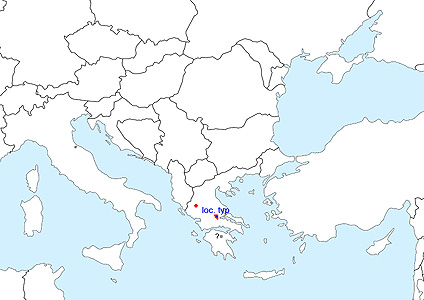
Stand 2016
Verbreitungsgebiet
Kartenquelle: www.mygeo.info
Boden: |
auf trockenen, basischen bis kalkreichen, oft lockeren, steinigen Böden; selten an sickerfeuchten Stellen |
Exposition: |
jede, an Nordhängen etwas seltener |
Biotoptyp: |
sonnige und halbschattige Stellen in Mager- und Xerothermrasen, Gebüschsäume, Rutsch- und Schutthänge, Wegränder und Straßenböschungen; auch in sehr lockeren Beständen der Griechischen Tanne (Abies cephalonica) und Stech-Wacholder (Juniperus oxycedros) |
Die Sippe tritt gern in Gruppen auf (bis zu 21 St ängel aus einem Rhizom), sterile Exemplare sind häufig. In höheren Bereichen des Iti ist sie nicht selten und bildet größere Bestände.
Problematik
Nach der Erstbeschreibung hat man den Eindruck, dass eine Ähnlichkeit zu Epipactis tremolsii nicht gegeben ist. Die Autoren postulieren dies auch ausdrücklich und stellen die Sippe in die Verwandtschaft von Ep. helleborine. Morphologisch betrachtet steht Ep. heraclea tatsächlich zwischen Ep. tremolsii und Ep. helleborine.
- Die Aussage, die Infloreszenz nähme 1/3-1/4 der Pflanzenhöhe ein, trifft nur auf einige der von uns gefundenen Pflanzen zu. Bei den anderen liegt sie zwischen 50 und 60% (extreme Ausprägung sogar >80%!).
- Die Blütenstandslänge wird unter 20 cm angegeben, wir fanden Pflanzen mit über 30 cm langem Blütenstand.
- Am Stängelgrund zusammengedrängte Laubblätter kommen entgegen der ausdrücklichen Aussage durchaus vor.
- Die Möglichkeit der kräftigen, roten Färbung der Blüten wird nicht erwähnt.
- Lange Tragblätter kommen bei manchen Pflanzen vor.
- Abgebildet werden nur relativ gleichförmige Blüten mit auffallend großem Epichil, andere (häufigere) Ausprägungen werden nicht gezeigt.
- Die Blütezeitangabe ist im Vergleich zu unseren Erfahrungen deutlich nach hinten verschoben, was möglicherweise an dem relativ späten Jahr liegt, in dem die Erstbeschreibung erfolgte.
Die Umkombination von Ep. heraclea zur Unterart von Ep. tremolsii durch einen der Autoren entspricht dieser Sippe zumindest morphologisch besser, auch wenn die tatsächlichen Verwandtschaftsverhältnisse nur durch genetische Untersuchungen geklärt werden können. Denkbar wäre auch eine eigenständige Entwicklung aus Ep. helleborine heraus, die inzwischen m.o.w. stabilisiert sein könnte.
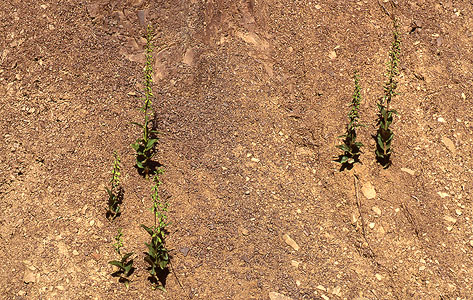
Abb. 4
Griechenland, Iti; 13.07.2001
Foto: SH

Abb. 5
Griechenland, Iti; 13.07.2001
Foto: SH
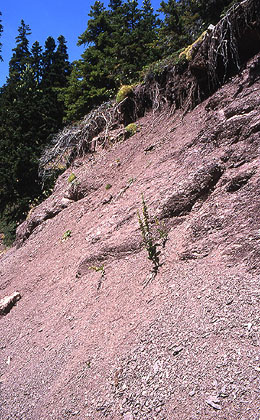
Abb. 6
Griechenland, Iti, Terra typica, 18.07.2000
Foto: HP

Abb. 7
Griechenland, Iti, Terra typica, 15.06.2000
Foto: HP

Abb. 8
Griechenland, Iti, Terra typica, 15.06.2000
Foto: HP

Abb. 9
Griechenland, Iti; 13.07.2001
Foto: SH

Abb. 10
Griechenland, Iti; 13.07.2001
Foto: SH

Abb. 11
Griechenland, Iti; 13.07.2001
Foto: SH
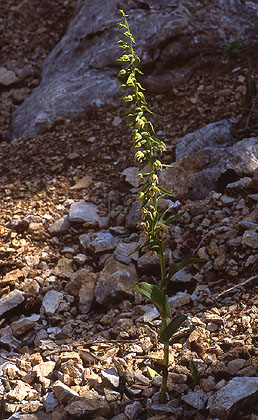
Abb. 12
Griechenland, Iti; 13.07.2001
Foto: SH

Abb. 13
Griechenland, Iti; 13.07.2001
Foto: SH
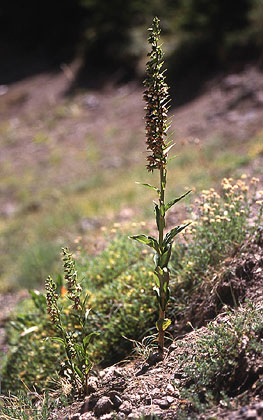
Abb. 14
Griechenland, Iti, Terra typica, 18.07.2000
Foto: HP
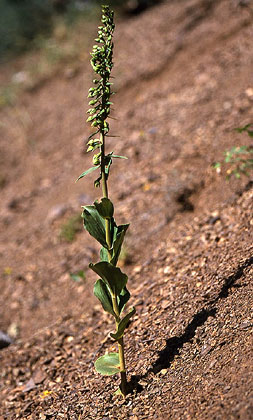
Abb. 15
Griechenland, Iti, Terra typica, 15.06.2000
Foto: HP

Abb. 16
Griechenland, Iti, Terra typica, 15.06.2000
Foto: HP

Abb. 17
Griechenland, Anthousia, südliches Pindus-Gebirge, 23.07.2014
Foto: SH

Abb. 18
Griechenland, Anthousia, südliches Pindus-Gebirge, 23.07.2014
Foto: SH
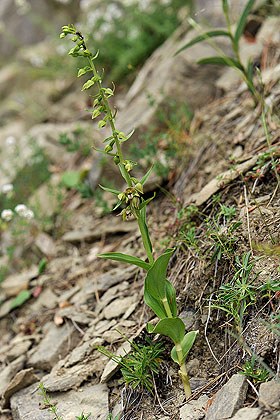
Abb. 19
Griechenland, Anthousia, südliches Pindus-Gebirge, 23.07.2014
Foto: SH
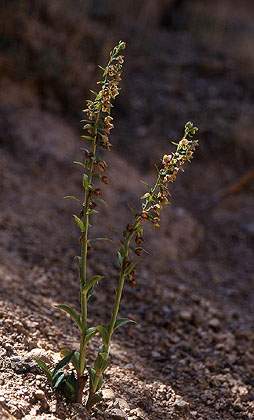
Abb. 20
Griechenland, Iti, Terra typica, 18.07.2000
Foto: HP

Abb. 21
Griechenland, Iti, Terra typica, 18.07.2000
Foto: HP

Abb. 22
Griechenland, Iti, Terra typica, 15.06.2000
Foto: HP

Abb. 23
Griechenland, Pindusgebirge, 20.07.1991
Foto: EG
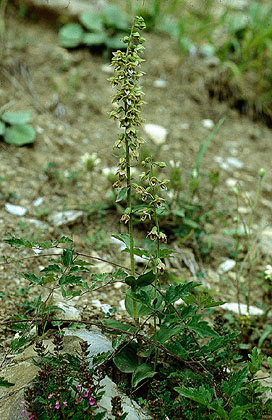
Abb. 24
Griechenland, Pindusgebirge, Pirra, 20.07.1991
Foto: EG
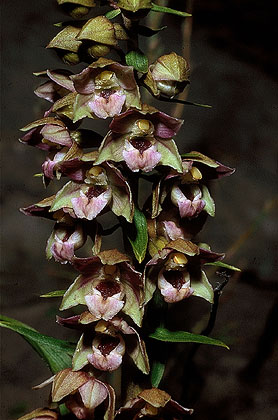
Abb. 25
Griechenland, Pindusgebirge, 20.07.1991
Foto: EG
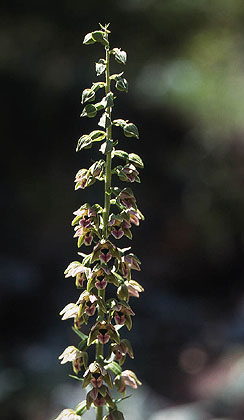
Abb. 26
Griechenland, Iti, Terra typica, 18.07.2000
Foto: HP

Abb. 27
Griechenland, Iti, Terra typica, 15.06.2000
Foto: HP
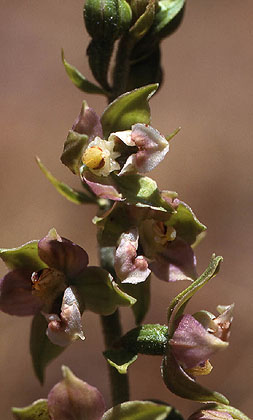
Abb. 28
Griechenland, Iti, Terra typica, 18.07.2000
Foto: HP
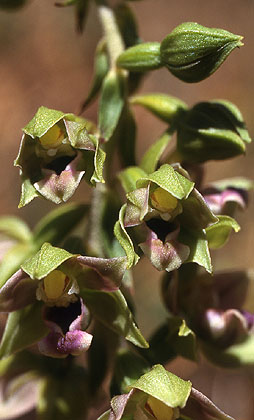
Abb. 29
Griechenland, Iti, Terra typica, 18.07.2000
Foto: HP

Abb. 30
Griechenland, Iti; 13.07.2001
Foto: SH

Abb. 31
Griechenland, Iti, Terra typica, 18.07.2000
Foto: HP

Abb. 32
Griechenland, Iti, Terra typica, 18.07.2000
Foto: HP

Abb. 33
Griechenland, Iti, Terra typica, 15.06.2000
Foto: HP

Abb. 34
Griechenland, Iti, Terra typica, 18.07.2000
Foto: HP
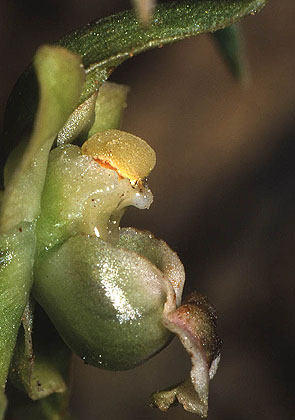
Abb. 35
Griechenland, Iti, Terra typica, 18.07.2000
Foto: HP
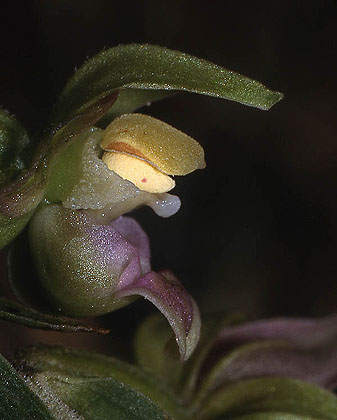
Abb. 36
Griechenland, Iti, Terra typica, 18.07.2000
Foto: HP

Abb. 37
Griechenland, Iti, Terra typica, 18.07.2000
Foto: HP

Abb. 38
Griechenland, Iti, Terra typica, 15.06.2000
Foto: HP

Abb. 39
Griechenland, Giona, 18.06.2006
Foto: SH

Abb. 40
Griechenland, Giona, 18.06.2006
Foto: SH
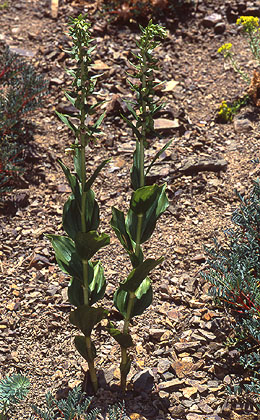
Abb. 41
Griechenland, Giona, 18.06.2006
Foto: SH

Abb. 42
Griechenland, Giona, 18.06.2006
Foto: SH
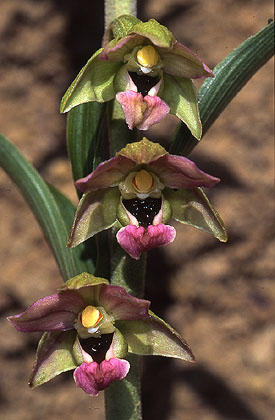
Abb. 43
Griechenland, Giona, 18.06.2006
Foto: SH
Pflanzen, die möglicherweise zu Epipactis heraclea gehören:
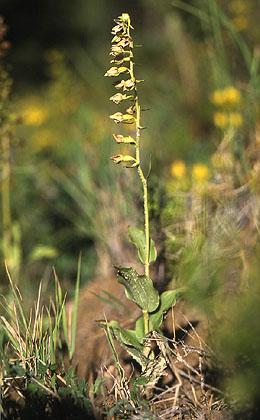
Abb. 44
Griechenland, Nord-Peloponnes, Psari, 14.06.1992
Foto: HP

Abb. 45
Griechenland, Nord-Peloponnes, Psari, 14.06.1992
Foto: HP

Abb. 46
Griechenland, Nord-Peloponnes, Psari, 14.06.1992
Foto: HP
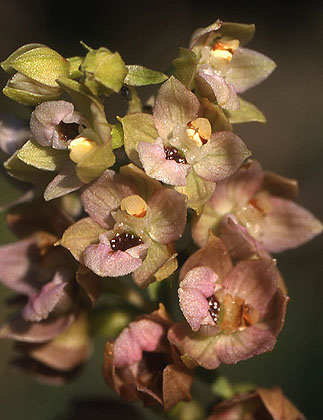
Abb. 47
Griechenland, Nord-Peloponnes, Psari, 14.06.1992
Foto: HP

Abb. 48
Griechenland, Nord-Peloponnes, Psari, 14.06.1992
Foto: HP

Abb. 49
Griechenland, Nord-Peloponnes, Psari, 14.06.1992
Foto: HP

Abb. 50
Griechenland, Nord-Peloponnes, Psari, 14.06.1992
Foto: HP
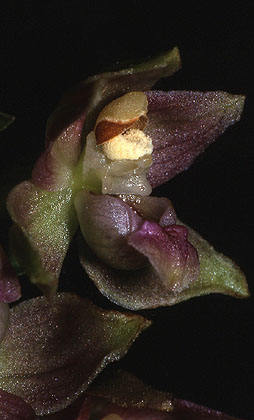
Abb. 51
Griechenland, Nord-Peloponnes, Psari, 14.06.1992
Foto: HP

Abb. 52
Griechenland, Nord-Peloponnes, Psari, 14.06.1992
Foto: HP
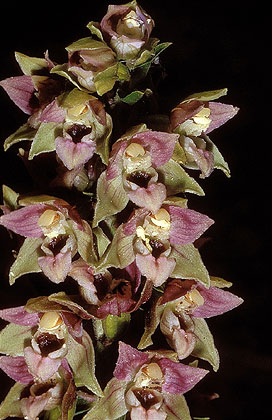
Abb. 53
Griechenland, Pindusgebirge, Kastanea, 20.07.1991
Foto: EG

Abb. 54
Griechenland, Milea, Katarapass, 18.07.1991
Foto: EG

Abb. 55
Griechenland, Milea, Katarapass, 18.07.1991
Foto: EG

Abb. 56
Griechenland, Milea, Katarapass, 18.07.1991
Foto: EG